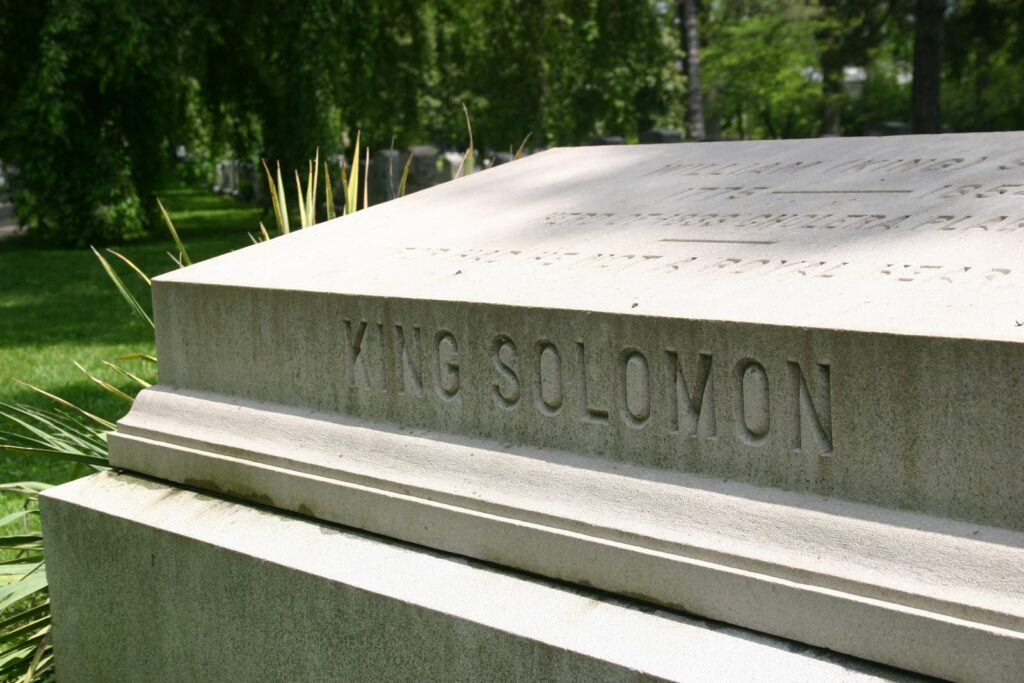 |
| The Grave of King Solomon – Lexington, Ky. |
There are a ton of famous people whose final resting place can be found within the walls of the Lexington Cemetery. Confederate war generals, statesmen, basketball coaches, etc. We’ll get to those folks, but I wanted to cover a few of the less-known residents who are equally famous in their own right.
If you stray south upon entering the grounds, signs will direct you to the grave of King Solomon. William “King” Solomon was Lexington’s folk hero of sorts during the cholera outbreak of the 1830s. John Wright describes this outbreak in great detail in
Lexington: Heart of the Bluegrass
. Cholera, a disease originating in India, was brought to the U.S. through New York in 1832, and spread through shipping lines quickly. It made it to Maysville in 1833, and quickly spread to Lexington. In Lexington, it started along Water Street behind what became the Lafayette Hotel (roughly in the location of the current city parking garage). The town’s water supply was dependent on springs and wells and was therefore vulnerable to contamination from floods. A downpour on June 3, 1833 did just that. The overflowing Town Branch spread disease to High Street and then the rest of downtown. The whole town shut down – a third of the population fled the city, and bodies started piling up at the few organized cemeteries the town had in place. Cholera was a horrible affliction – extreme diarreah, vomiting and muscle cramps, which led to dehydration and eventually death. There were few gravediggers to handle the enormity of the job.
Which is where King Solomon comes into the story. Solomon, a once-reputable member of the community, had been driven to drink and vagrancy by the circumstances of life. His services had been purchased at auction by a free black woman just prior the plague. Something seems to have clicked in Solomon during the crisis, and he worked day and night digging graves for the dead. He rarely drank water, which was said to have protected him from infection by the disease, and as stated by Wright “if any stray bacillus had entered his bloodstream it would have died immediately from the alcohol content.”
Following the plague of 1833, Solomon became a town hero. He sat for his portrait and was honored at a special ceremony at the courthouse. He was
later memorialized by the short-story writer James Lane Allen. When he died in 1854, he was buried in Lexington Cemetery. The monument marking his grave pictured above was dedicated in 1908.
This is part 3 in NRK’s Lexington Cemetery series. Read Part I: Introduction and Part II: Flora & Fauna. Some of the above text quotes or paraphrases of Wright’s Lexington: Heart of the Bluegrass . Quotation marks have been omitted for the sake of readability.
. Quotation marks have been omitted for the sake of readability.


. Quotation marks have been omitted for the sake of readability.
